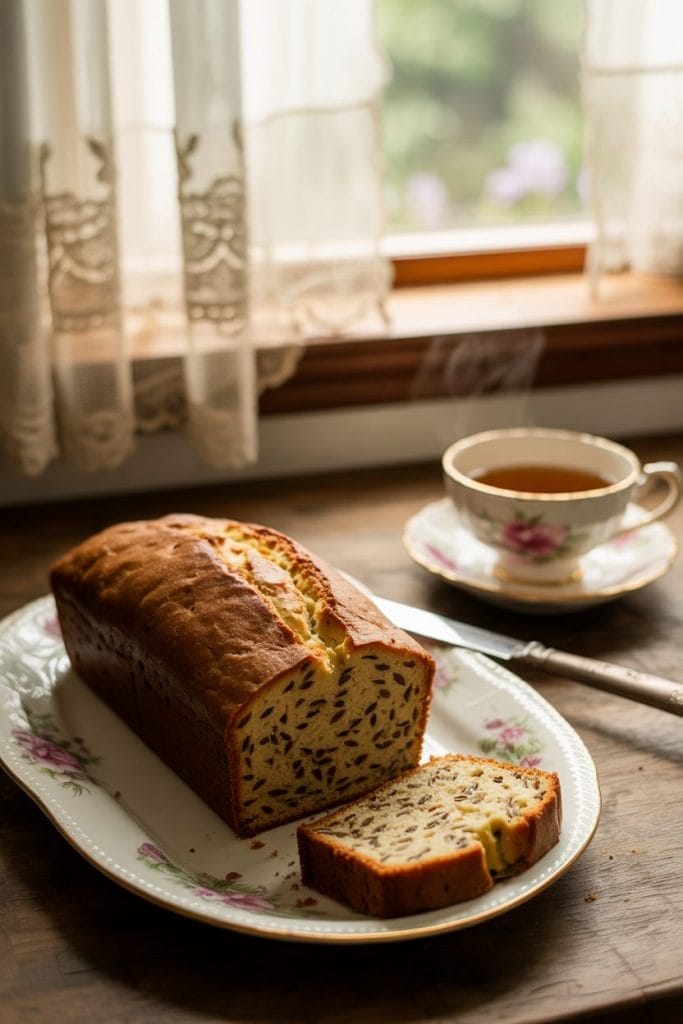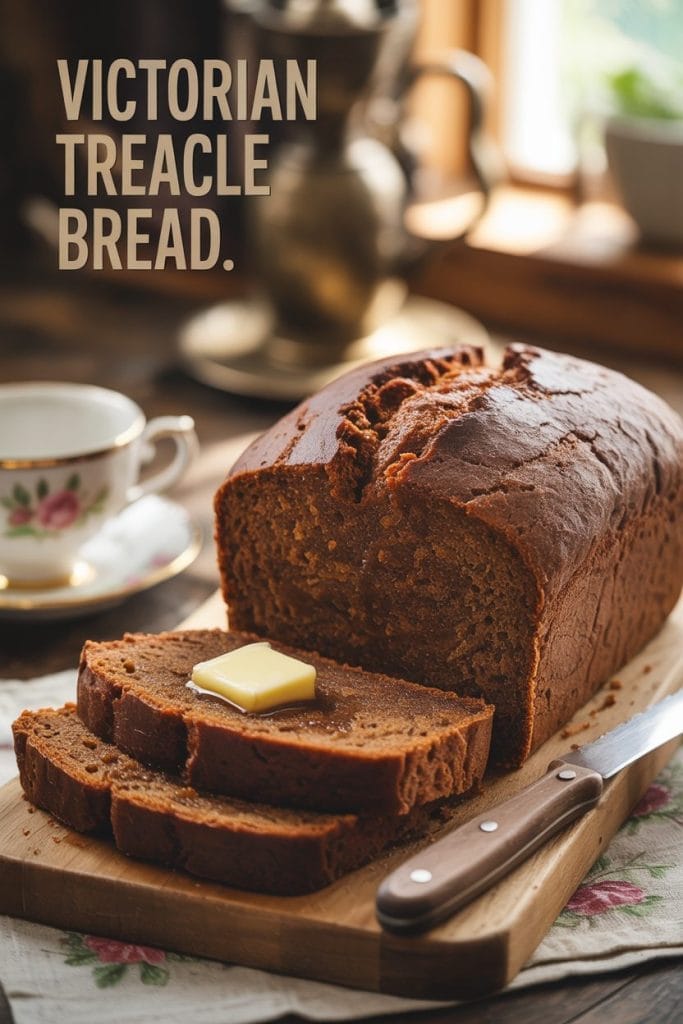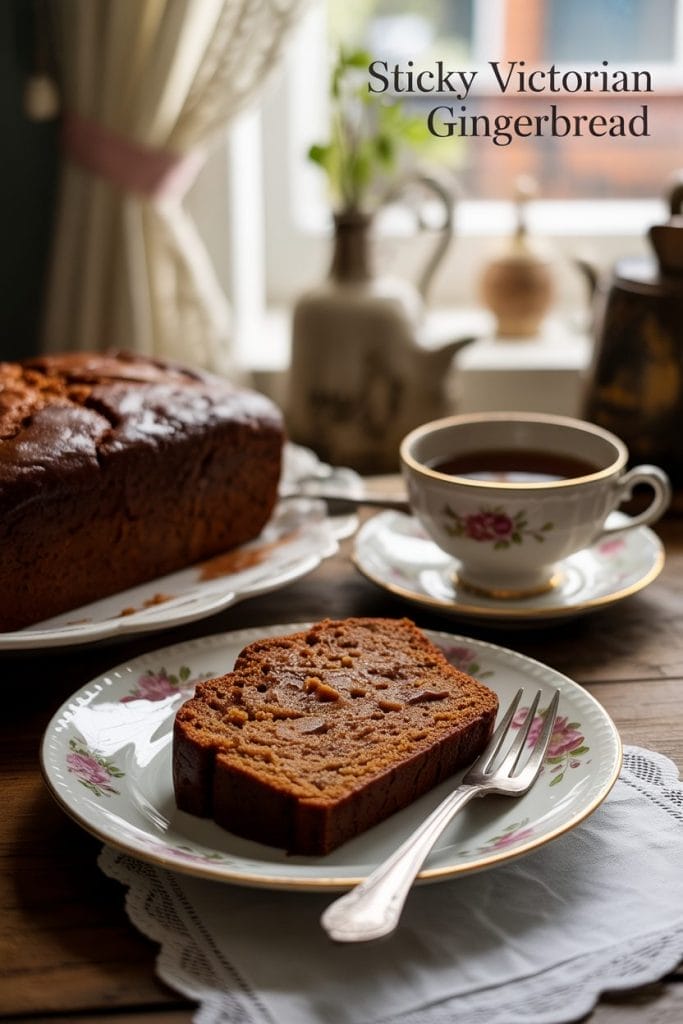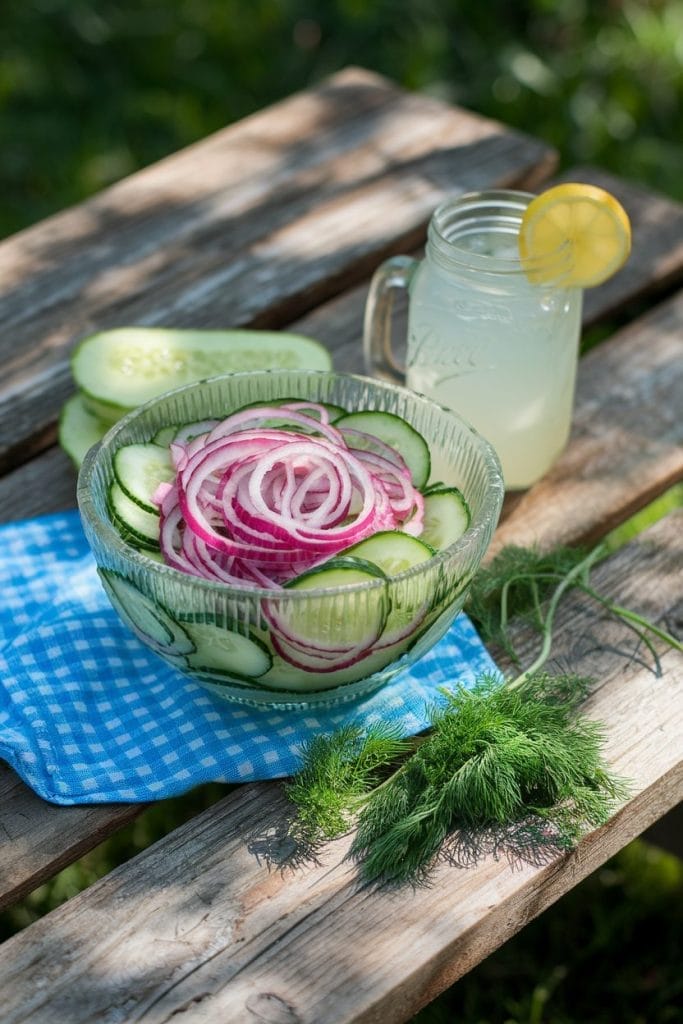Home > Single Recipes > Victorian Milk Bread Recipe Worth Waking Up For
Last Updated: June 2, 2025
I Made These FREE Vintage Recipe Tools JUST For You
This recipe was created with help from AI tools and carefully reviewed by a human. For more on how we use AI on this site, check out our Editorial Policy. Classic Fork earns a small commission from Amazon and other affiliate links at no extra cost to you, helping us keep our content free and honest.
Victorian Milk Bread Recipe Worth Waking Up For
Time Period:
Meal Type:
Cooking Time: 30 minutes
Prep Time: 2 hours (including rising time)
Total Time: 2 hours 30 minutes
Servings: 8 slices
Calories: ~150 per slice
This isn’t just any white bread.
Victorian milk bread was the kind of soft, tender loaf you’d find on a cozy kitchen table in 1800s England, still warm and slightly sweet.
It was perfect for butter, jam, or a midday snack with tea. The texture is pillowy, the crust is golden, and the scent—pure nostalgia.

What Would You Cook in Wartime?
Step back in time and discover what you could make with limited wartime rations
History
Milk bread gained popularity during the Victorian era when richer, softer breads became a symbol of comfort and refinement.
Unlike rustic loaves made with water and wholemeal flour, this bread used milk and sometimes butter or cream, making it softer and more flavorful.
It was often served at breakfast or tea in middle-class homes, paired with marmalade, eggs, or even ham.
You could find it in cookbooks like Mrs. Beeton’s and on the shelves of early Victorian bakeries.
Equipment
- Large mixing bowl (I love this mixing bowl set)
- Wooden spoon (Love environmet & style? Get this bamboo spoon set) or dough hook
- Measuring cups and spoons
- Loaf tin (standard size)
- Clean kitchen towel
- Oven
Optional but helpful:
- Stand mixer
- Kitchen scale
- Thermometer for checking milk temperature
Ingredients
- 3 cups all-purpose flour
- 1 cup whole milk (warm, not hot)
- 2 tablespoons sugar
- 2 tablespoons unsalted butter (softened)
- 1 packet active dry yeast (2 ¼ tsp)
- 1 teaspoon salt
- Extra butter for greasing and brushing
Instructions
1. Warm the Milk
Gently warm the milk in a saucepan (this is the FATHER of all saucepans!) or microwave.
You want it just warm to the touch, around 100°F (not hot, or it’ll kill the yeast).
2. Activate the Yeast
In a small bowl, mix the warm milk, sugar, and yeast.
Let it sit for 5–10 minutes until it’s frothy on top.
3. Mix the Dough
In a large bowl, combine the flour and salt.
Pour in the milk mixture and add the softened butter.
Mix until a sticky dough forms.
If you’re using a stand mixer, use the dough hook on low speed for 8 minutes. If by hand, knead for about 10 minutes until smooth.
4. First Rise
Form the dough into a ball and place it in a greased bowl.
Cover with a damp cloth and let it rise for 1–1.5 hours, or until doubled in size.
5. Shape the Loaf
Punch down the dough and shape it into a loaf.
Place it in a greased loaf pan, seam-side down.
Cover it loosely and let it rise again for about 30–40 minutes.
The dough should rise just above the rim of the pan.
6. Bake It
Preheat your oven to 375°F (190°C).
Bake the bread for 25–30 minutes until the top is golden and sounds hollow when tapped.
7. Brush With Butter
Once out of the oven, brush the top with butter for a soft, shiny finish.
Let it cool for at least 15 minutes before slicing.
Special Notes
- You can swap whole milk with oat milk or soy milk for a dairy-free version, but the texture may change slightly.
- To make it sweeter, add an extra tablespoon of sugar and a splash of vanilla extract.
- Don’t skip the second rise. It’s what gives the bread that beautiful height and soft texture.
Nutrition (Per Slice)
- Calories: ~150
- Carbs: 25g
- Protein: 4g
- Fat: 4g
- Sugar: 2g
- Fiber: 1g

Maggie Hartwell
Hi there, I’m Maggie Hartwell, but you can call me Maggie—the apron-clad foodie behind Classic Fork! I created Classic Fork because I’m convinced food has a way of telling stories that words can’t. So, grab a fork and dig in. The past never tasted so good!






